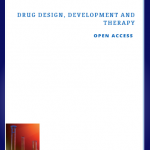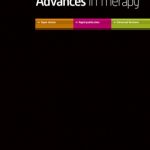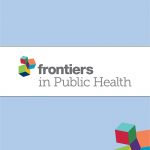Eugenia Chan
Quality of Efficacy Research in Complementary and Alternative Medicine
JAMA, 2008, 299 (22), 2685-2686
Complementary and alternative medicine (CAM) has received increased attention in mainstream medicine since a 1993 study demonstrated that one-third of US adults used some form of "unconventional medicine."1 By 2002, the prevalence of CAM use by adults had increased to 62% to 68%,2-3 and it has become clear that users of CAM are not primarily dissatisfied with conventional care, but have a more holistic approach to health4 or simply appreciate multiple treatment options.5 What was once identified as "alternative medicine" has become "complementary," "holistic," and "integrative"; indeed, CAM therapies, such as probiotics, melatonin, massage, yoga, and acupuncture, have become part of the conventional medicine armamentarium, and the demarcation between CAM and mainstream medicine continues to shift.Physicians have been scrambling to catch up with the exponential increase in CAM use among their patients. Most discussions of CAM are initiated by patients and families, rather than by physicians,6 and patients may not disclose CAM use to their physicians.7 Recent surveys show that most physicians are aware of their patients' interest in using CAM, believe that CAM may have beneficial effects, and are eager to seek reliable, evidence-based information about CAM for both personal and professional practice.6, 8-9







